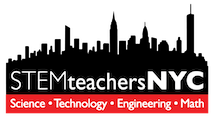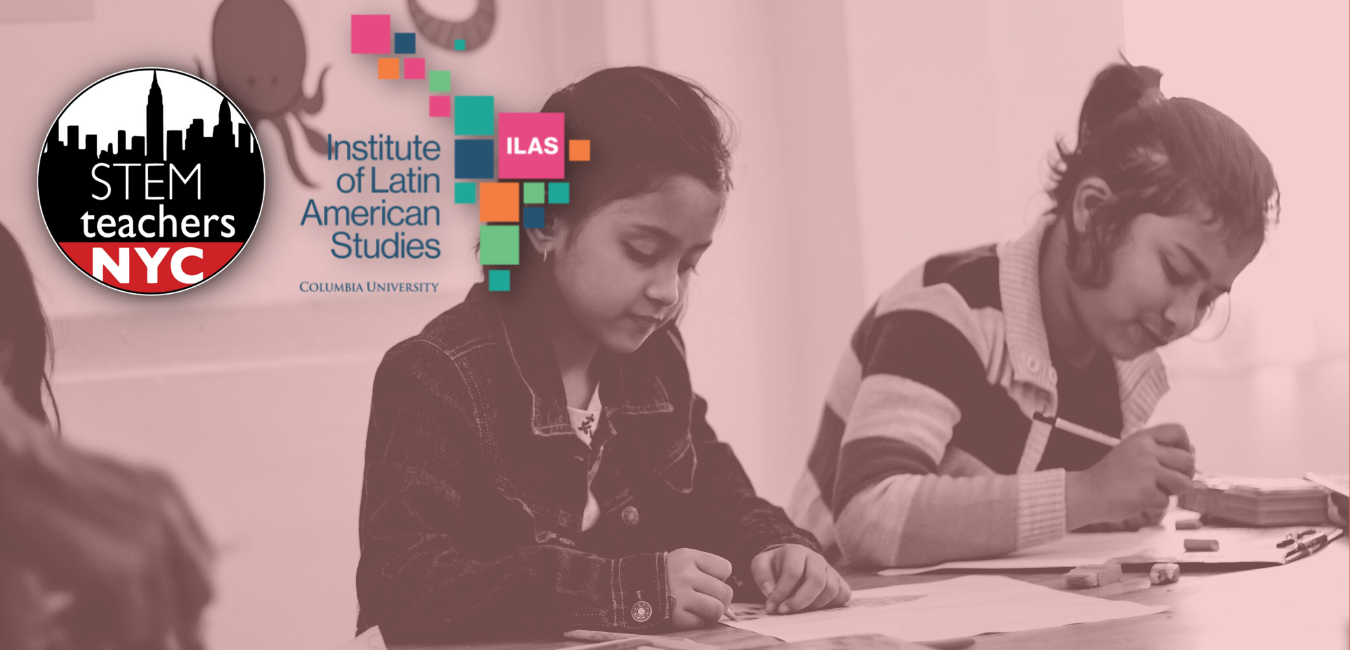
ARTICULATING MULTILINGUAL LEARNER STEM TEACHER NEEDS
How do research, resources, policy and practice intersect to support our MLL learners and their teachers?
We were a small group of teachers, researchers, and K12 Program coordinators who came together to plant the seed of new collaboration.
Introductions & Shared Insights from Participants:
Leveraging the power of COGNATES in STEM content areas.
Vertical and horizontal engagement in languages of instruction by total school community. Language support for all staff (teachers and administrators) within standard bilingual education programs. Ways to build a network of supportive colleagues.
Use of VISUAL LANGUAGE. Focus on definitions and multiple meanings of words, across subjects and grades. Developing one’s own visual strategies for language learners connected to your content area.
Connecting CONTENT & LANGUAGE. Even as a first year ENL teacher being sought out by colleagues for MLL resources, but not always able to provide the needed language support. Need for better linkages between content and language (these often feel like separate entities).
DISCOURSE in STEM. 27 year veteran teacher, currently teaching high school, also incorporates research on how teachers establish and evolve discourse in the STEM classroom.
LEVERAGING STEAM. Expanding to STEAM can allow us to include culture.
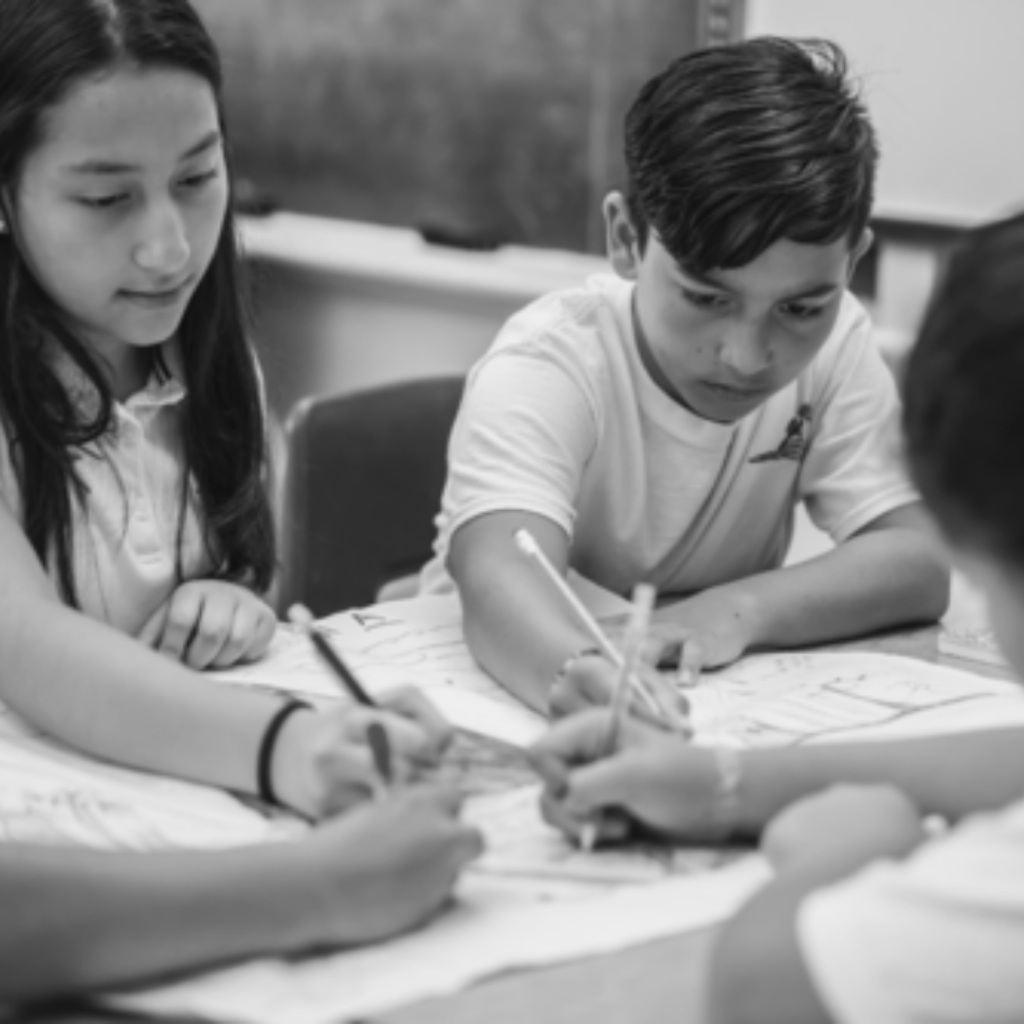
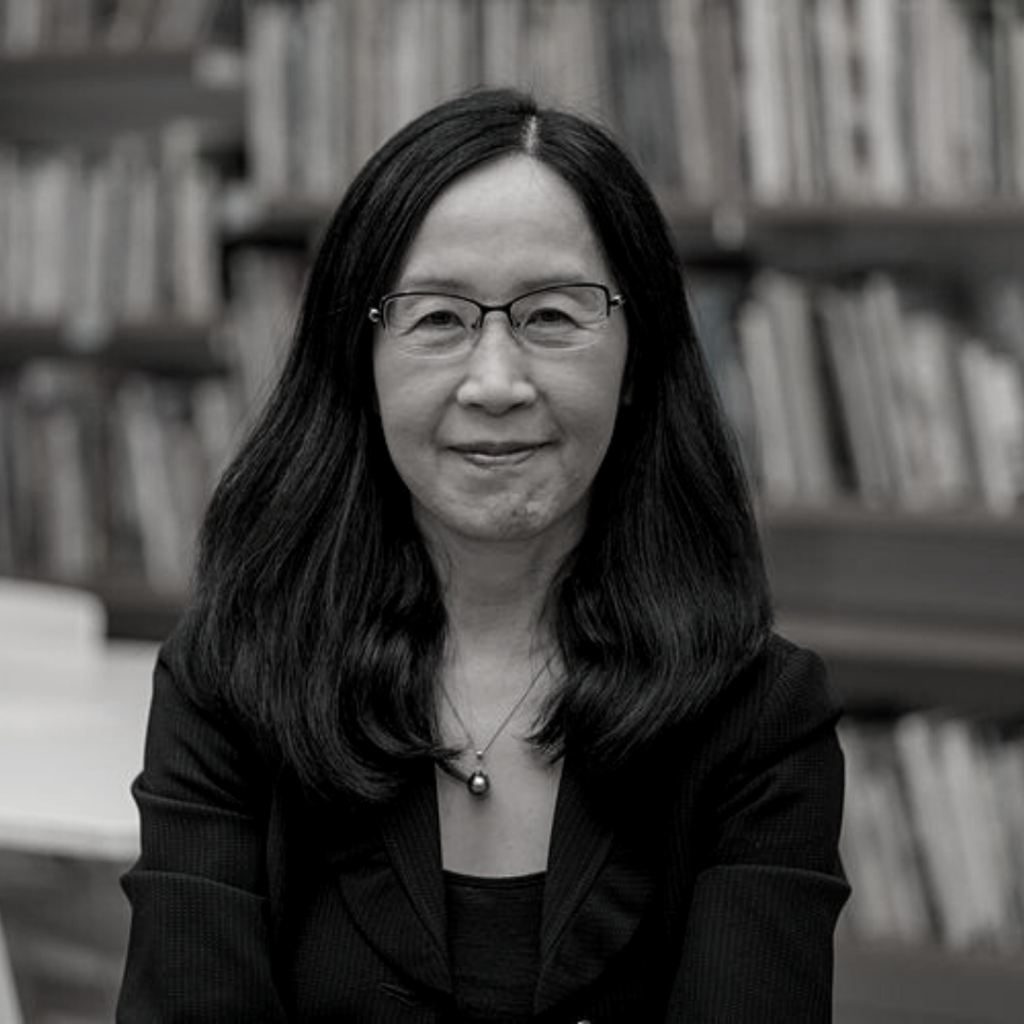
Dr. Okhee Lee, NYU Prof. of Childhood Education & PI of NYU SAIL Research Lab
Okhee gifted us with a brief history lesson and dug into the evolution of the framing of and language used to talk about MLLs and policy. Her work is located across STEM education and policy.
Terms matter. What does “The people who do not fit” mean in terms of being multilingual? What has it meant?
Three decades ago, language and culture had nothing to do with science. Then ‘culture’ came in . . . culturally congruent, culturally responsive, culturally relevant, culturally sustaining. NYSED published the NYS CRSE Framework (2019).
“Limited English proficient students” was used in the No Child Left Behind Act of 2001. “Limited” indicated a deficit view.
Students from non-English language backgrounds and culturally and linguistically diverse students were used in the field. Non-English language indicated English language as the norm. Culturally and linguistically were broad terms, and diversity was used as a code term for minoritized groups.
“English language learners” was used in the field.
“English learners” is used in the Every Student Succeeds Act of 2015.
HOW THE FIELD CAN PUSH POLICY.
Okhee continues to develop resources to make sure that MLLs are learning the same content as other learners.
More push followed with emergent (or emerging) bilinguals, but ‘emergent’ typically indicates a lower-level proficiency and bilinguals do not recognize students who speak more than two languages.
“Multilingual learners” is widely used. NYSED uses English language learners and multilingual learners (ELLs and MLLs). NYC DOE uses MLLs. The 2020 edition of WIDA standards uses MLLs.
NYSED released a series of webinars and briefs, “Integrating Science and Language for All Students With a Focus on English Language Learners” (also see the link below).
Multimodality encompasses viewing and representing (non-linguistic modalities), in addition to listening, speaking, reading, writing (linguistic modalities).
As students “do” science, they use language. They use multiple modalities to communicate their science ideas.
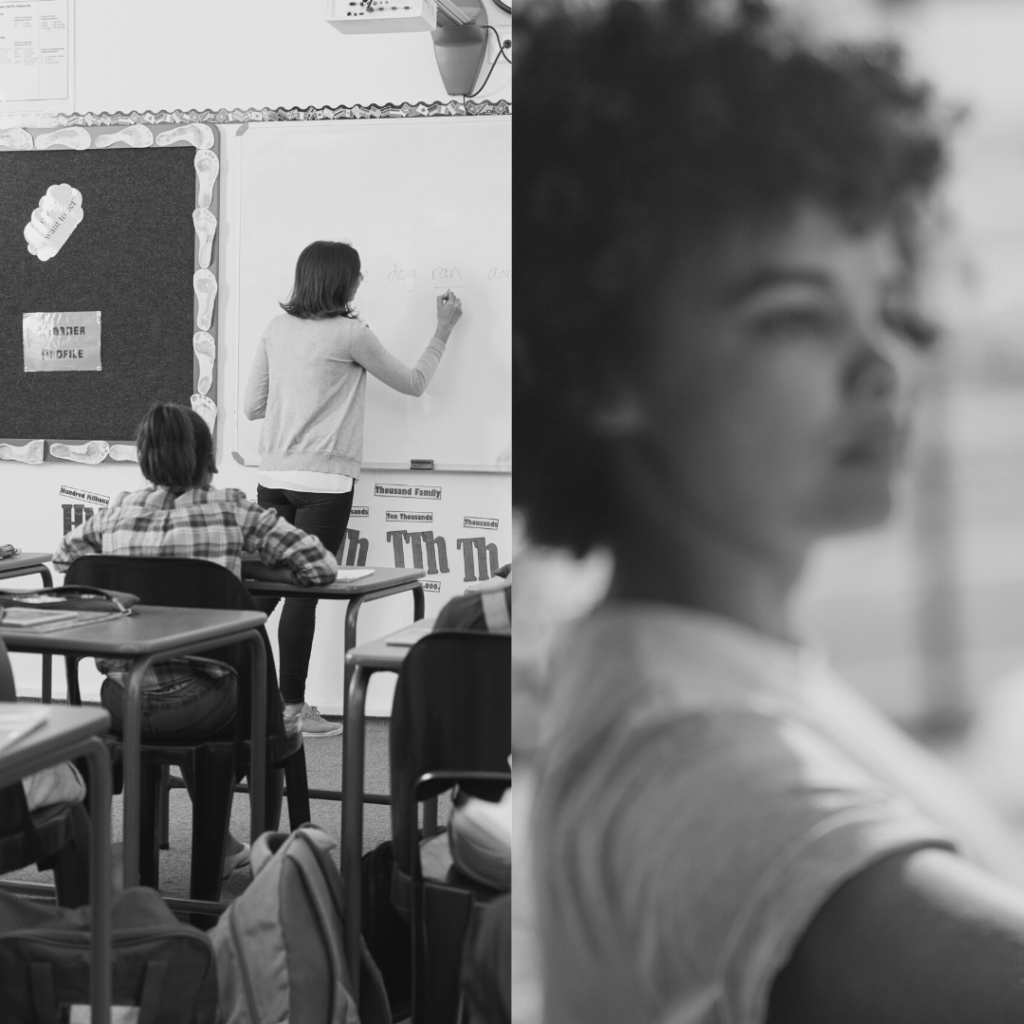
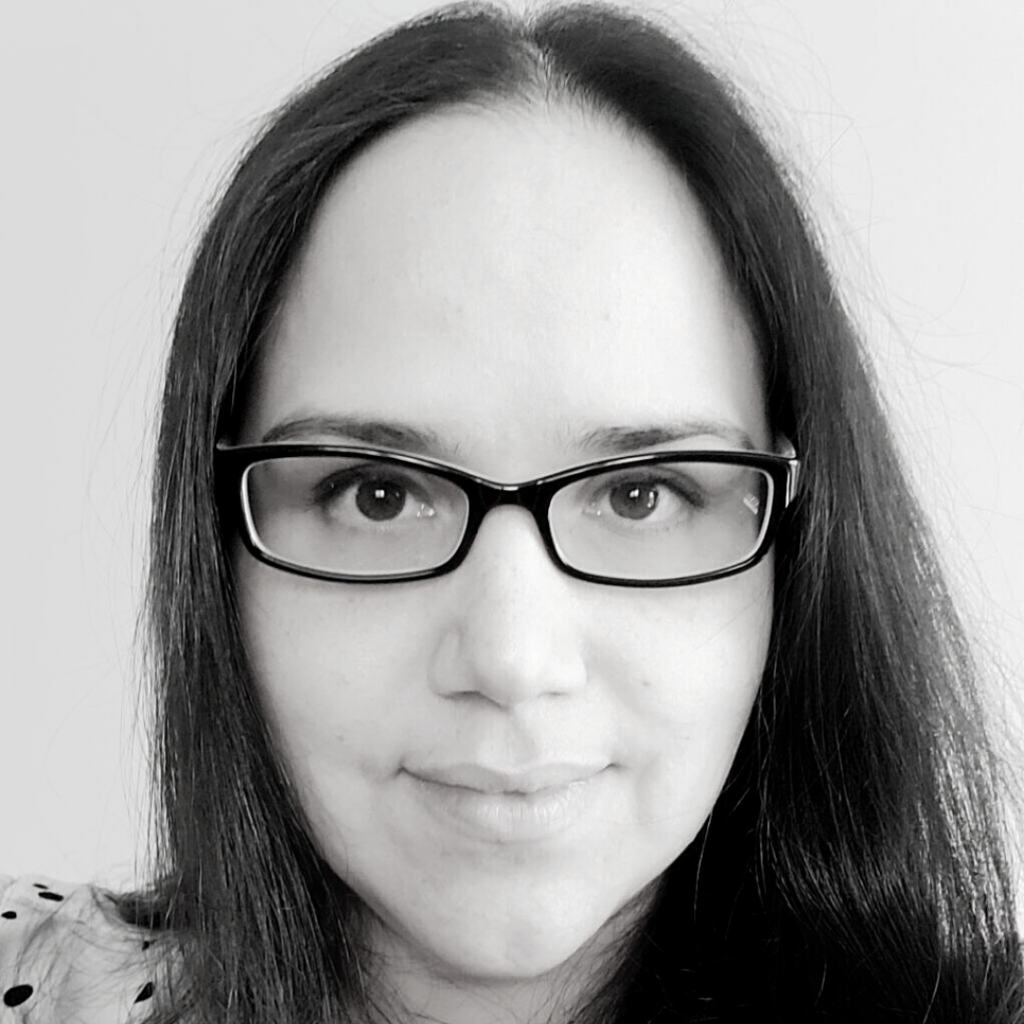
Dr. Borges Rajguru, Rutgers – Reflective Discussion
In her experience advising students and faculty on publishing and securing grant funding, Dr. Sheila Borges Rajguru has worked with many ML faculty who constantly ask her for resources – when they need to set ideas on paper, RESEARCH BECOMES AN EQUITY ISSUE.
How many MLLs are faculty? Tenured? Professors? She sees K-12 students coming in as undergrads and facing similar issues.
Shared story – a student insisted on using a word in his language in science class. The student had the information in English and understood it, but still wanted to use their language. Sheila said that the student wants to BRING IN THEIR CULTURE. Another attendee suggested this was a form of ENHANCED OWNERSHIP OVER THE CONTENT.
Working in a REPRESENTATION RICH CLASSROOM.
Shared story – a student who needed to write in a non-English language but wrote everything in English first to do the task (DOUBLE WORK).
Finding ways to support MLL’s preparation to initiate collegiate study. How can MLLs find support services in higher education and mentorship to excel. It doesn’t end in K12 education.
Sharing resources with students’ parents/guardians and building relationships with students’ community so that they can share input.

Next Steps for the Roundtable
Upcoming sessions of these roundtables will aim at discussing these issues:
- More dialogue with parents and community stakeholders. What needs they have. What experiences students have/live outside the classroom.
- Dialogue between professors at universities involved in training MLL teachers.
- Dialogue between non-formal and classroom STEM educators.
- Dr. Borges Rajguru is looking to create a new space at Rutgers that is open, accessible, and inclusive to MLLs. Any ideas, papers or research are welcome: [email protected]
Additional Resources Shared:
- Lauren Berrios (self-created/curated website) https://csl-and-eml–strategiesforteachers.glitch.me/index.html
- Romina Quezada ilas.columbia.edu/education/k-12
- Gobierno de Mexico conaliteg.sep.gob.mx
- List of dual language programs under the DOE.
- Resources for the NYS Education Dept (co-authored by Dr. Lee) “Integrating Science and Language for All Students With a Focus on English Language Learners.” http://www.nysed.gov/bilingual-ed/integrating-science-and-language-all-students-focus-english-language-learners
STEMteachersNYC/ILAS Columbia Univ MLLs & STEM – Roundtable on Teacher Needs | 3
